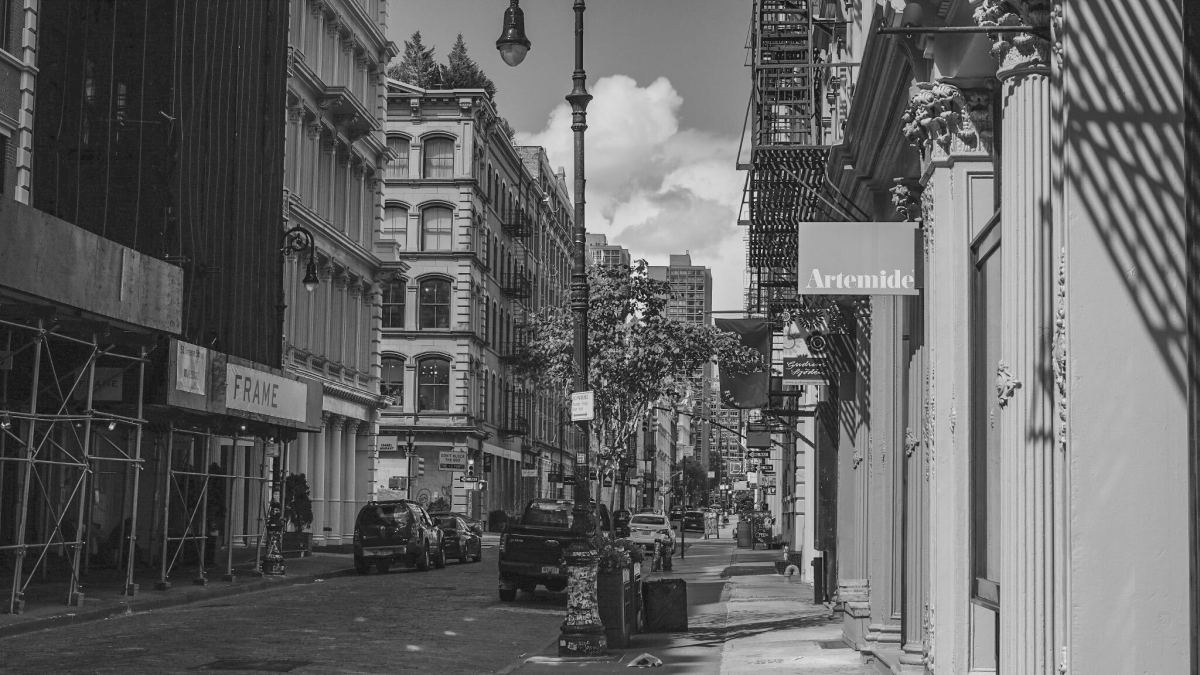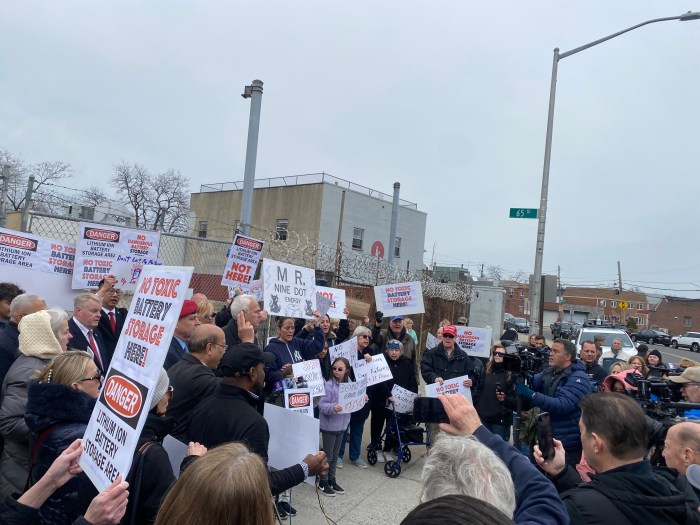If changes to the neighborhood have not already been extreme over the past two decades, Mayor Bill de Blasio announced on Wednesday the kick off the proposed SoHo and NoHo rezoning public review process — a plan that received plenty of pushback from the community.
The rezoning proposal was created in a fashion that the administration says will protect the aesthetics of the area and while making the largely affluent area more affordable.
But this plan, marketed toward equitable housing and small business survival, failed to resonate with activists who said the administration snuck by the city’s advisory board on this project which has mainly been back by real estate development interests, something they believe undermine the social benefits for working class New Yorkers.
In terms of concerns that the rezoning will only benefit developers, de Blasio was skeptical that a “publicly sponsored” change would be a detriment compared to a “private application” by builders.
“In SoHo, NoHo, you’re talking about an area that has very little affordable housing, we have an opportunity here to create affordable housing, to bring to an area that has been upper income a greater mix of New Yorkers and create more balance,” de Blasio said. “This is a rezoning that has been proposed to really create substantial community benefit and there’s a lot of support on the ground for the idea that there needs to be affordable housing in every community.”
City Hall’s proposal seeks to change course from M1-5B zoning currently designed to allow for manufacturing and joint living/work space for artists in sections defined by Canal Street to the south, Houston Street and Astor Place to the north, Lafayette Street and the Bowery to the east, and Sixth Avenue and West Broadway to the west.
“Today’s proposal to create a more inclusive and resilient SoHo and NoHo rests on the rigorous community engagement work that artists and residents, businesses, preservation groups and property owners participated in last year. That work is even more essential now as we seek to ensure that these iconic neighborhoods, and New York City as a whole, fully and fairly recover from the economic challenges wrought by COVID-19,” said Anita Laremont, executive director of the Department of City Planning.
But communities have been less than pleased with this proposal in the past year expressing dismay toward what they view as an upzoning that will only serve wealthy landowners and developers.
Early sentiments toward the project were chaotic as a public meeting February by the Department of City Planning was taken over by concerned members of the community speaking out of turn with an apparent lack of an agenda or specific details regarding the zoning change, as reported by Bowery Boogie at the time.
“In spite of assurance for months to the contrary, it looks like city officials are moving full steam ahead with a plan to upzone SoHo and NoHo, to allow vastly increased amounts of super-luxury housing in the neighborhood in out of scale high-rise towers, while they continue to refuse to consider measures that would produce more affordable housing while preserving neighborhood scale and character,” Village Preservation Executive Director Andrew Berman said. “In typical de Blasio Administration fashion, this decision-making process shut the community out when consultation was promised, and the result really serves to enrich his developer/donors and not the average New Yorkers or New Yorkers in need he claims to serve and represent. This upzoning approach of super luxury towers with a small set aside for affordable units is bad for New York City, bad for our neighborhoods, and bad for affordability.”
According to the de Blasio administration, the zoning change would allow for up to 3,200 new “homes” to be created, with approximately 800 of them being permanently affordable homes as part of the city’s Mandatory Inclusionary Housing. MIH was approved by City Council in 2016 and requires 10% of new developments to be affordable at 40% of the area median income, calculated by region rather than by zip code.
Many critics of this formula say that it calculates affordability by including incomes of wealthier New Yorkers rather than what working class city dwellers are really making in the area, which only fuels displacement.


































